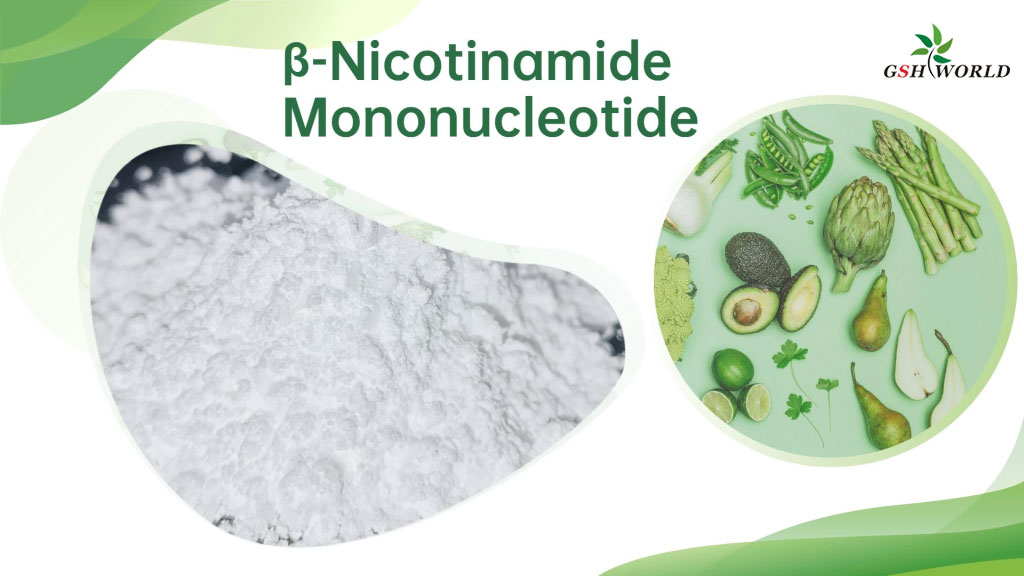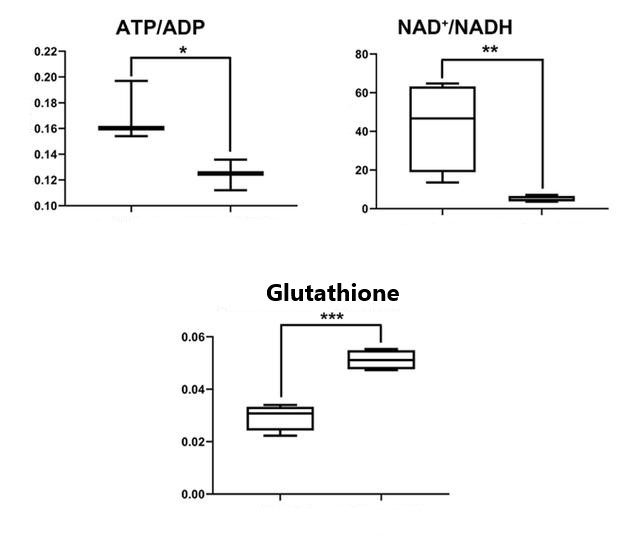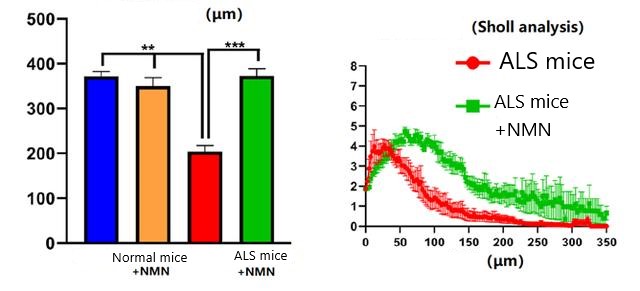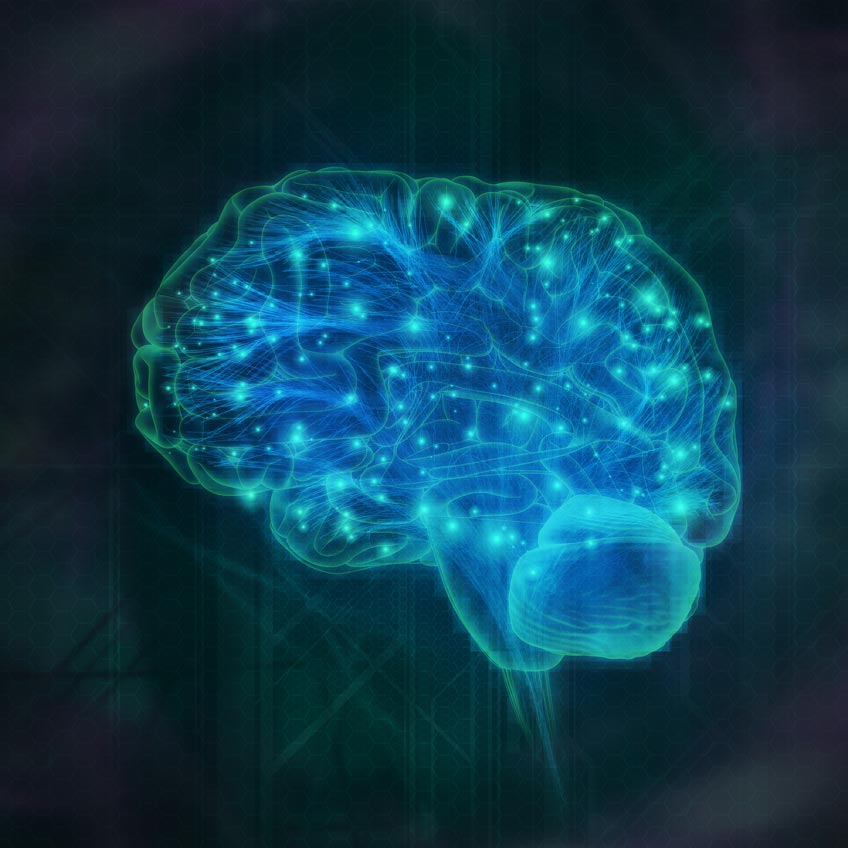Northwestern University: NMN supplementation improves neuronal health in mice with ALS
amyotrophic lateral sclerosis (ALS) is a rare neurodegenerative disease. Due to damage to motor nerve cells in the brain, patients gradually lose control of muscles in various parts of the body, as if watching themselves “freeze.”
The effect of this “ALS” is not only reflected in the decline in the ability to move limbs, but also affects the basic functions of breathing, eating, excretion and other life-sustaining functions, so patients in the late stages of ALS often can only rely on machines to maintain life, the quality of life is extremely low, and the risk of death is high.
Unfortunately, ALS is still a “terminal disease” with no cure, and even top physicists with adequate medical resources, such as Stephen Hawking, are still on the way to fight ALS.
In order to find a cure for ALS, people have genetically engineered an ALS mouse – prpTDP-43A315T mouse. The motor nerve cells of the mice showed abnormal mitochondrial function and metabolic disorders, so that they could not properly perform the function of muscle control.
Because these symptoms also occur in the vast majority of ALS patients, this mouse is one of the most suitable model animals for studying ALS.
In 2022, a research team at Northwestern University in the United States found that the motor nerve cells of mice with ALS had metabolic disorders, and supplementation with NMN (nicotinamide mononucleotide) could restore the health of these nerve cells.

The study was published in the international authoritative journal Scientific Reports in March of the same year.
In the experiment, the researchers first analyzed the metabolic status of the motor nerve cells in normal mice and ALS mice, and found that the energy metabolism of the motor nerve cells in ALS mice severely dysregulated, and the oxidative stress stress was also higher.

To further observe the effects of ALS on nerve cells in mice, the researchers cultured nerve cells from both normal and ALS mice, and observed the morphology of these cells through chromogenic techniques.
They found that the ALS mice had shorter average axon length and lower levels of dendritic branches than normal mice.

Next, the researchers added 1μmol/L of NMN to the motor nerve cell culture medium, and after 3 days of culture, the average axon length of ALS mice nerve cells returned to normal level, and the number of tree branches significantly increased, proving that NMN supplementation can significantly improve the health level of ALS mice motor nerve cells.

In addition, the researchers also used electron microscopy to observe the mitochondrial morphology in mouse motor nerve cells, and found that supplementing NMN can improve the health of the mitochondria in the cell, making its structure more complete and more stable.
Overall, this study found that NMN supplementation in vitro reversed metabolic dysregulation and functional decline of nerve cells in ALS mice, restoring their cell morphology and mitochondrial stability.
Although the results of in vitro studies of animal cells still a long way from applied to humans, it still provides a novel and worthy of further research for the treatment of ALS.
References:
1. Gautam, M., Gunay, A., Chandel, N. S., & Ozdinler, P. H. (2022). Mitochondrial dysregulation occurs early in ALS motor cortex with TDP-43 pathology and suggests maintaining NAD+ balance as a therapeutic strategy. Scientific reports, 12(1), 4287.




